847K Views
From Office to Garden: Filing Cabinet to Garden Planter

by
Julie @ Southern Wild Design
(IC: professional)
9 Materials
I totally snagged this wonderful project from Carole in Australia who posted her version last week. I loved this so much I went right to work with my own planter. Here's what I came up with...
The hunt for a filing cabinet took me to my nearby Habitat Restore. I found several orphaned filing cabinets, one of which was older, made of thicker gauge metal, and (most importantly) had a bottom. It cost me $15. They probably would have taken $10 but it’s the restore. They need that $5.
Step 1: Remove the drawers.
If you pull the extension mechanism out, you will notice that it stops at some point. Look for a tab on the mechanism. By lifting this tab, the drawer extension will slide completely out of the cabinet.
Step 2: Sand loose paint and rust spots.
Step 3: Prime and paint.
Step 4: Install some casters.
Step 5: Fill the planter with soil.
The planter is now ready to fill with good container soil and plants.
Check in on my blog for additional details. Thank you Carole for your inspiration! ~Julie
Enjoyed the project?
Published August 18th, 2015 6:05 PM
Comments
Join the conversation
2 of 465 comments
-
 Sonja Horn
on Jun 25, 2020
Sonja Horn
on Jun 25, 2020
Love this great idea! I have been wanting some of this type of planters and could not afford them. Thank you so very much for these fabulous ideas ! Mt. Solon, VA
-
-
 Lynne de Bie
on Jan 03, 2021
Lynne de Bie
on Jan 03, 2021
Ours turned out great! We used matching filing cabinets and secured them end to end--creating doubles. Used the "Hugelkultur" method of layering--logs, fertilizer, compost, soil--to fill the units. Drilled holes in bottom for draining, installed pipes for watering system. Winter veggies are thriving.

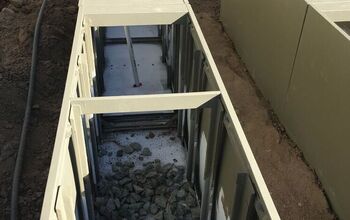

-










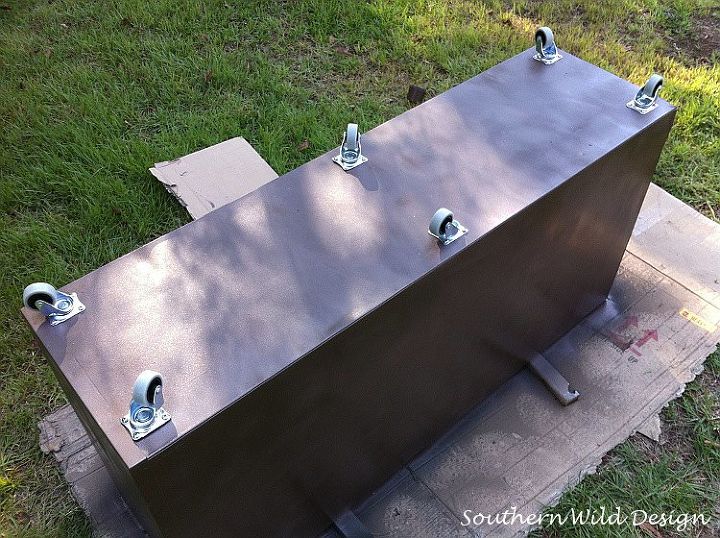









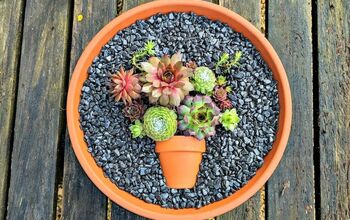


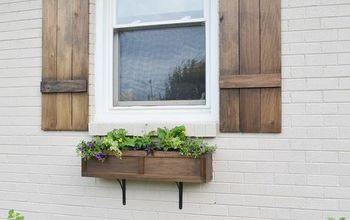


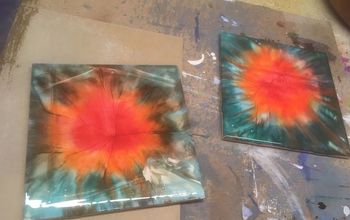




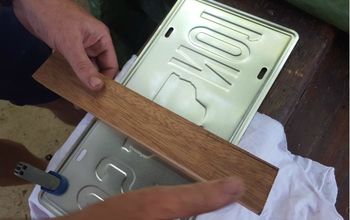




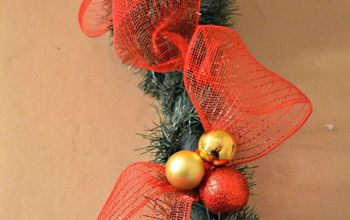

Frequently asked questions
Have a question about this project?
what about holes in the bottom for drainage and inside rusting?
Looks so nice though, great idea!
Bottom of file cabinet is open what should I do , to cover it so that soil will not come out. Want it to use for vegetables. Please.
Do metal planters get too hot in sun for plant roots?